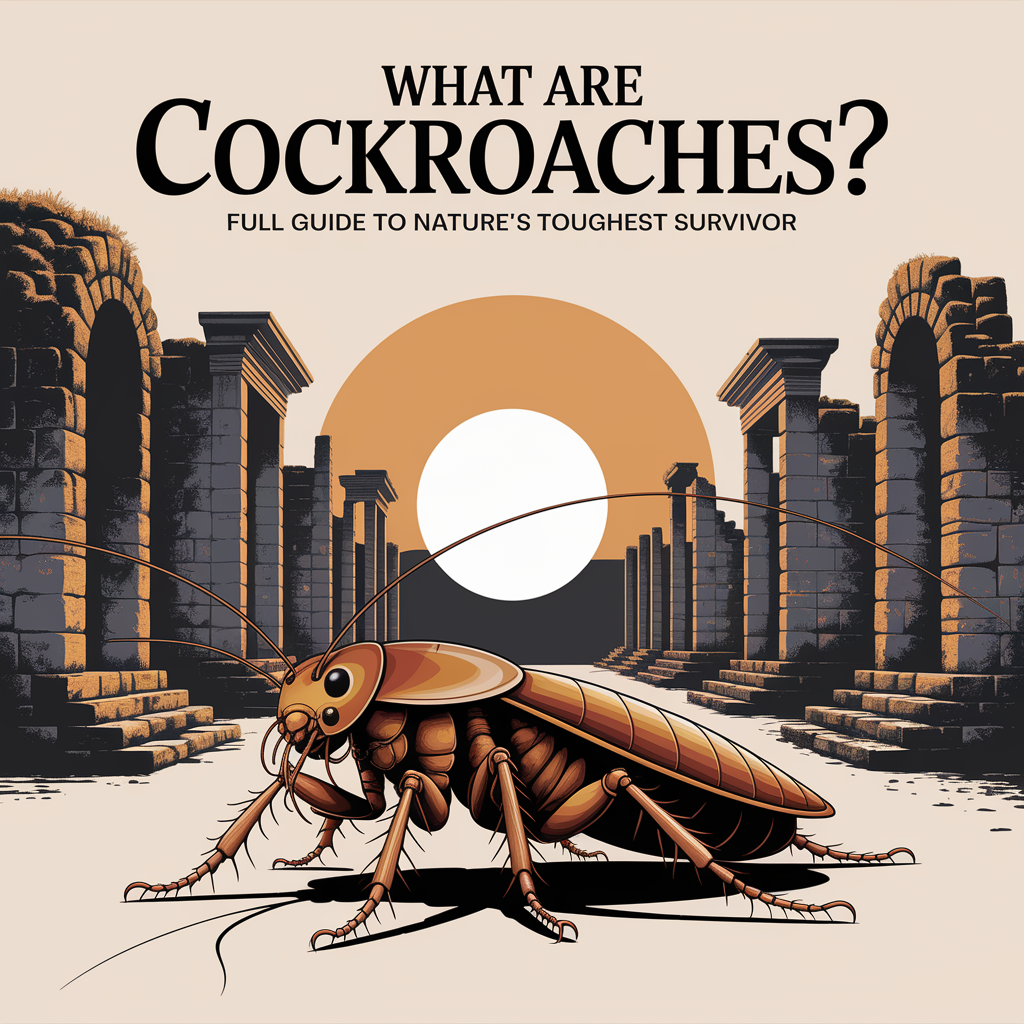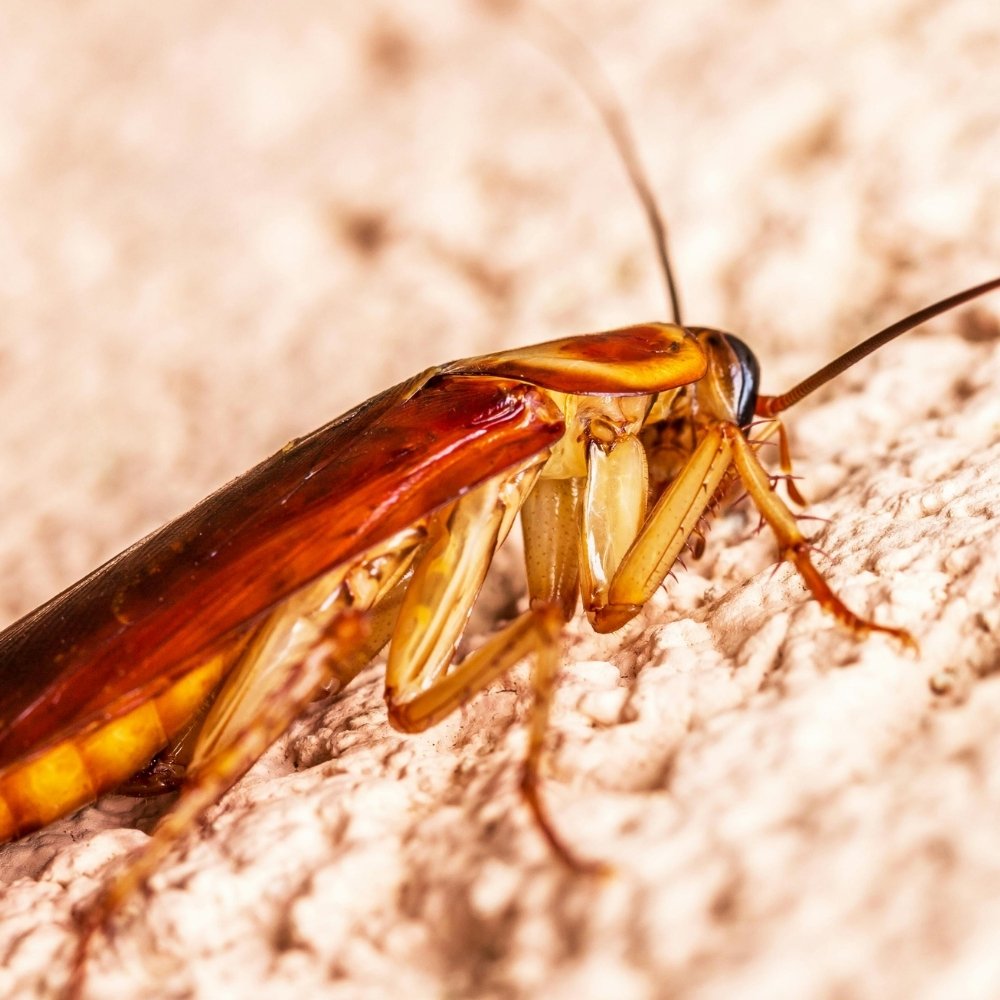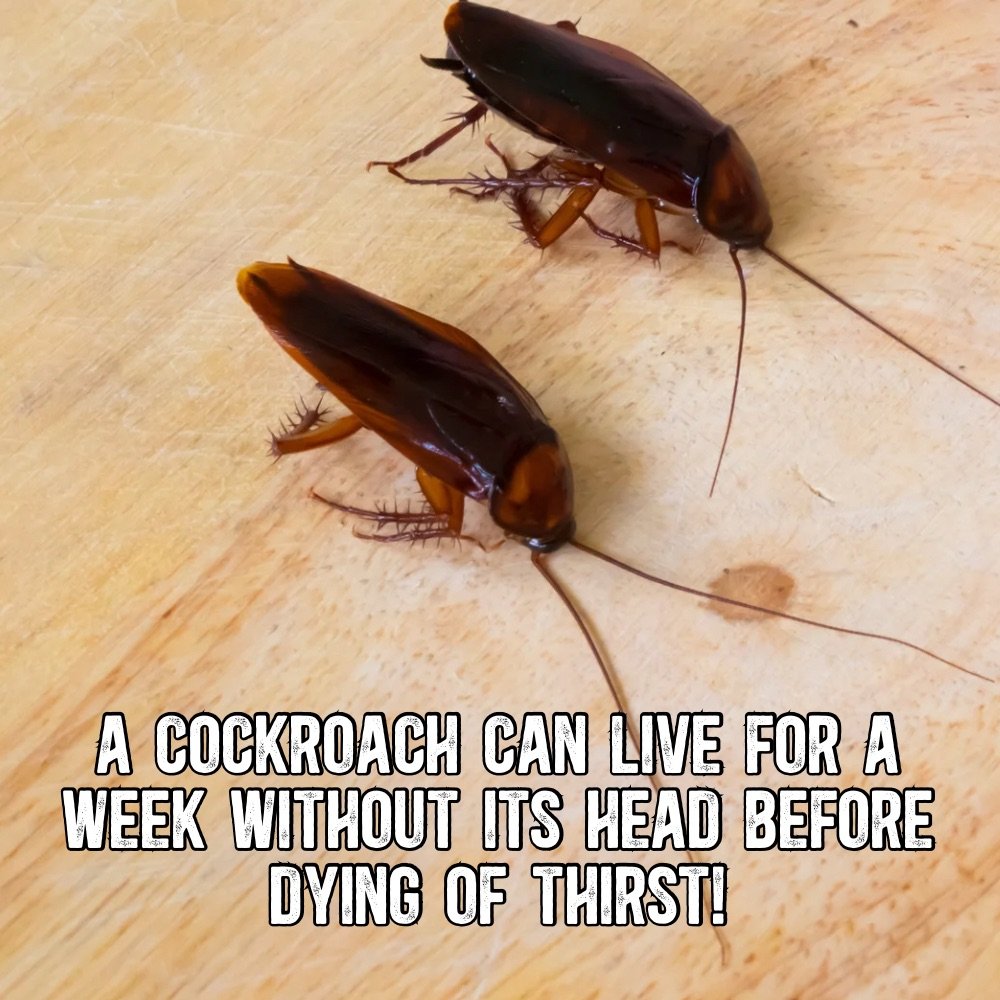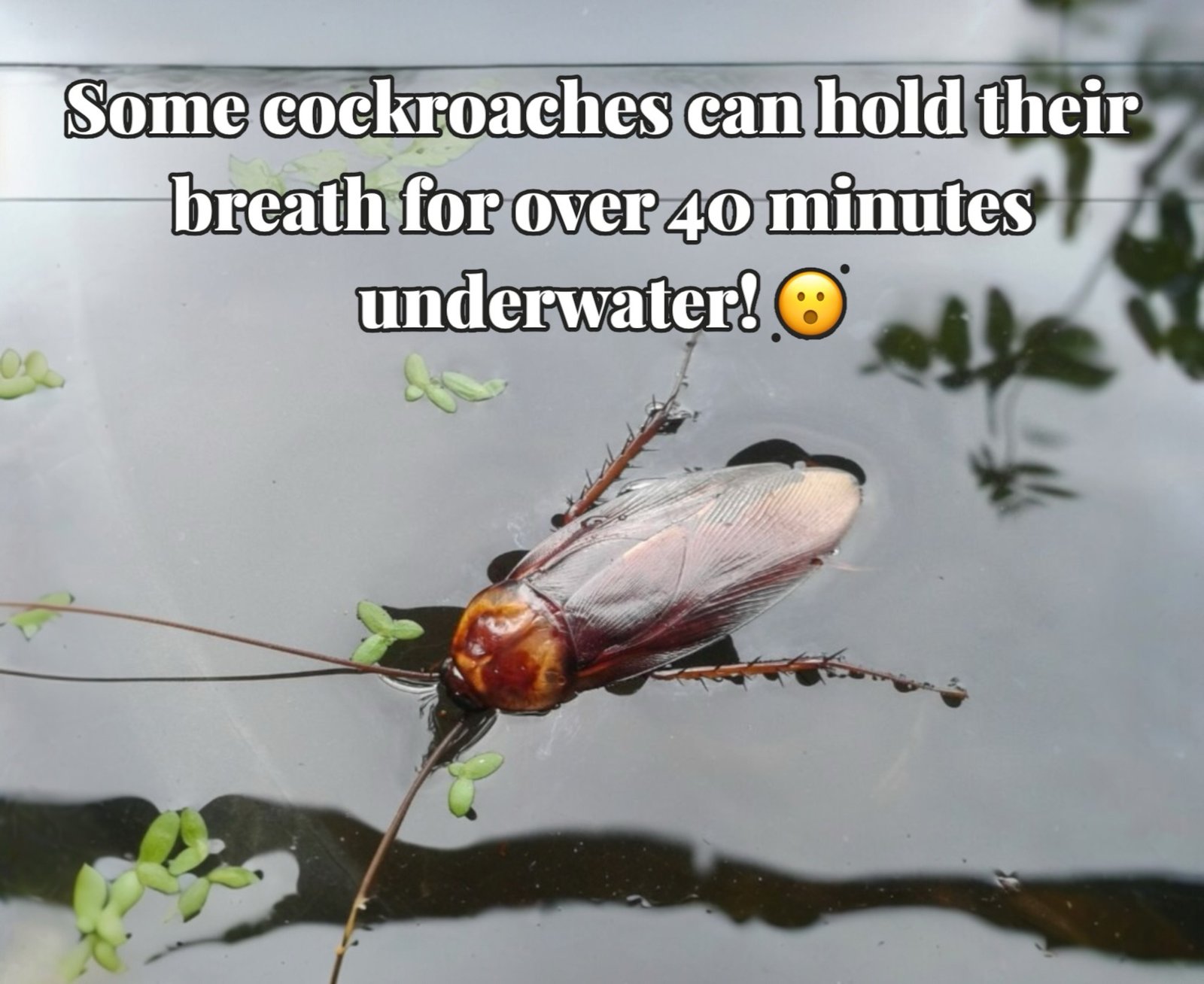
The Cockroach: Nature’s Unwanted Survivor
The cockroach is one of the most infamous bugs to ever scuttle across a kitchen floor. But beyond its gross reputation, the cockroach is a fascinating creature with survival skills that are nearly unmatched in the insect world. From ancient history to modern kitchens, cockroaches have been around for over 300 million years—yes, that’s older than dinosaurs! These pests are masters at adapting and can live almost anywhere, which is what makes them so hard to control.
What Exactly Is a Cockroach?
A cockroach is a type of insect in the order Blattodea, closely related to termites. There are over 4,500 species of cockroaches worldwide, but only around 30 are considered pests to humans. The most common species that show up in homes across America include the German cockroach, American cockroach, Oriental cockroach, and the brown-banded cockroach. Each one has its own habits, preferences, and troublemaking tendencies.
Where Do Cockroaches Live?
Cockroaches are incredibly versatile when it comes to choosing a home. Outdoors, they live in mulch, decaying logs, sewers, and leaf litter. Indoors, they love warm, moist, and dark environments—think under sinks, behind fridges, and inside bathroom walls. Once they find a cozy spot near food and water, they settle in and multiply fast. This is why understanding where cockroaches live is so important in prevention.
What Attracts Cockroaches?
If cockroaches are showing up in your space, they’re not just passing through. They’re looking for three things: food, water, and shelter.
Here’s what commonly attracts cockroaches:
- Leftover food crumbs (especially greasy or sugary)
- Standing water (like leaky pipes or wet sinks)
- Unsealed garbage or pet food left out
- Cluttered areas (which offer perfect hiding spots)
Keeping your home clean, sealed, and dry is your first line of defense against these pests.
Do Cockroaches Bite?
While it’s rare, some species of cockroaches can bite humans—but it’s not common in most homes. Cockroach bites may cause redness, swelling, or irritation. They’re more likely to nibble on fingernails or eyelashes if a major infestation goes unchecked and they’re desperate for food. Most of the harm from cockroaches comes from what they spread, not what they bite.
Are Cockroaches Dangerous?
Absolutely. Cockroaches may not carry weapons, but they do carry bacteria. These bugs can spread pathogens that cause food poisoning, dysentery, and even trigger allergic reactions or asthma, especially in children. When they crawl over food, countertops, and toothbrushes, they leave behind germs that can make you sick.
How Long Do Cockroaches Live?
The average cockroach can live from a few months up to two years depending on the species. A German cockroach lives around 100 to 200 days, while American cockroaches can survive up to two years in ideal conditions. Female cockroaches can produce hundreds of offspring in their lifetime, which is why infestations grow so fast.
What Do Cockroaches Eat?
Cockroaches are scavengers and will eat almost anything—even things we wouldn’t consider food.
Their favorites include:
- Starch (like cardboard and book bindings)
- Grease and crumbs
- Sugary substances
- Meat scraps
- Dead insects
- Glue, soap, and even hair
Yes, they’re that desperate. Their ability to digest such a variety of materials is part of what keeps them thriving everywhere.
How Do Cockroaches Get in the House?
Cockroaches are sneaky. They enter homes through tiny cracks, open windows, gaps in doors, plumbing, and even in bags and boxes brought in from stores. Some are even known to hitch a ride in grocery bags or cardboard boxes. Once inside, they find a dark, moist corner and settle in.

Do Cockroaches Only Come Out at Night?
Most cockroach species are nocturnal, which means they’re most active after the lights go out. If you’re seeing cockroaches during the day, that’s usually a red flag—either you have a serious infestation or their hiding spots are overcrowded. Daytime sightings are often a sign to act fast.
How Fast Can a Cockroach Run?
Hold onto your shoes—cockroaches are seriously fast. An American cockroach can sprint up to 3 miles per hour. That’s lightning speed in the insect world. Their fast movement helps them escape threats (like you with a shoe) and makes them hard to catch. Some species can even dart into small cracks and disappear before you can blink.
How Do Cockroaches Reproduce?
Cockroach reproduction is one reason they’re so hard to control. Female cockroaches lay eggs in protective cases called oothecae. A single egg case can contain 30–50 baby cockroaches. In the right conditions, populations explode quickly. For example, German cockroaches can go from egg to adult in just 100 days—and then each new adult starts the cycle all over again.
What Eats Cockroaches in the Wild?
Despite their toughness, cockroaches do have predators. In the wild, cockroaches are food for:
Certain types of wasps even lay eggs on cockroaches so their larvae can eat them from the inside out. Nature finds a way!
Are Cockroaches Smart?
Believe it or not, cockroaches are surprisingly intelligent in terms of survival. They learn to avoid traps and poisoned bait. Studies show they can develop resistance to pesticides and even change their behavior to avoid danger. Their brains are small, but highly specialized for escaping and surviving.
What’s the Difference Between Cockroaches and Beetles?
It’s easy to confuse a cockroach with a beetle, especially at a glance. But they’re totally different. Cockroaches have longer antennae, more flattened bodies, and run instead of fly most of the time. Beetles usually have harder outer wings (elytra) that look more shell-like. And thankfully, most beetles aren’t sneaking through your kitchen at night.

Can Cockroaches Survive Without Their Heads?
Yep—this one isn’t a myth. A cockroach can survive without its head for several days. That’s because their brains aren’t centralized like ours, and they breathe through little holes in their sides, not their mouth. They eventually die from dehydration since they can’t drink without a head. But still… gross and impressive.
Are All Cockroaches the Same?
Not even close. There are thousands of species, but only a handful ever enter homes. The American cockroach is big and reddish-brown. The German cockroach is smaller and tan with dark stripes. Oriental cockroaches are shiny black, and the brown-banded cockroach prefers dry areas instead of moist spots. Each species needs its own strategy for removal.
Do Cockroaches Fly?
Some do, some don’t. The American cockroach can glide or fly short distances. The brown-banded cockroach has wings and will sometimes flutter around. But most cockroaches prefer to run—because they’re faster and sneakier on foot. So yes, cockroaches can fly, but it’s not usually their go-to move unless they’re spooked or hot.
How Do You Get Rid of Cockroaches?
Cockroach control takes a solid plan. Here are the top methods that actually work:
- Seal cracks and entry points around doors, windows, and plumbing.
- Fix leaks and reduce moisture—they love damp places.
- Keep food sealed and never leave crumbs out overnight.
- Use baits and traps with gel-based insecticides.
- Vacuum regularly and declutter your home.
For major infestations, a professional exterminator is worth the investment. Prevention is easier than battling a full-blown infestation.
Why Do Cockroaches Matter in Nature?
As much as we wish they didn’t exist, cockroaches do serve a purpose. In nature, they break down organic material like dead plants and animals. They’re like little compost machines, helping to recycle nutrients into the soil. Of course, we just prefer them doing that far, far away from our homes.
Do Cockroaches Make Noise?
Yes, some cockroaches do make noise — especially the larger tropical species. While American cockroaches are usually silent, Madagascar hissing cockroaches are known for their loud, distinct hisses, which they use to scare off predators or compete for mates. Even in quiet species, you might hear them scurrying across floors or rustling through paper at night when it’s silent. Creepy? Absolutely.

Can Cockroaches Swim?
Believe it or not, cockroaches can survive in water. While they aren’t expert swimmers like frogs, many species can hold their breath for up to 40 minutes. That’s why flushing them down the toilet isn’t always effective — they can cling to surfaces and pop right back up. Their ability to survive in wet environments makes them especially hard to eliminate in places like bathrooms, kitchens, and basements.
Do Cockroaches Fly?
This depends on the species. Some cockroaches fly, glide, or flutter, especially when startled. For example, the American cockroach has wings and can fly short distances, though it prefers running. Others, like the Oriental cockroach, have underdeveloped wings and can’t fly at all. Either way, flying cockroaches tend to give folks an extra dose of panic when they launch into the air — especially in the middle of the night.
What Are the Signs of a Cockroach Infestation?
If you spot one cockroach, chances are there are many more hiding. Look out for:
- Droppings that look like pepper or coffee grounds
- Egg casings (oval-shaped, dark brown, often hidden near food or water)
- Musty, oily odor that gets stronger with large infestations
- Smear marks along walls or baseboards
- Shed skins and body parts near entry points
Seeing one during the day? That’s a red flag — it likely means the nest is overcrowded, and you’re dealing with a serious infestation.
Are Cockroaches Nocturnal?
Yes — cockroaches are highly nocturnal. They’re most active at night when your home is quiet and dark. If you’re flipping on the kitchen light and spotting one dashing under the fridge, you’ve caught them during prime foraging time. During the day, they hide in cracks, under appliances, or inside walls. That’s why nighttime is your best bet for spotting activity if you’re trying to figure out if you’ve got an issue.



